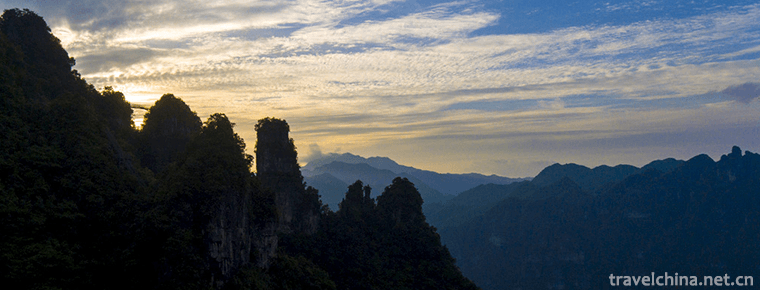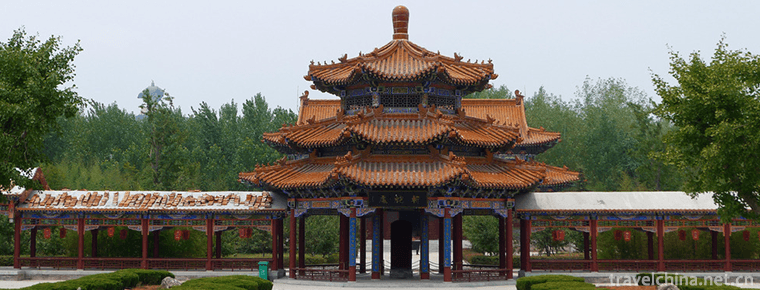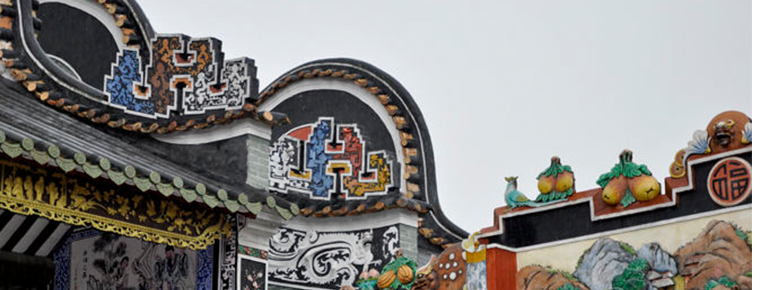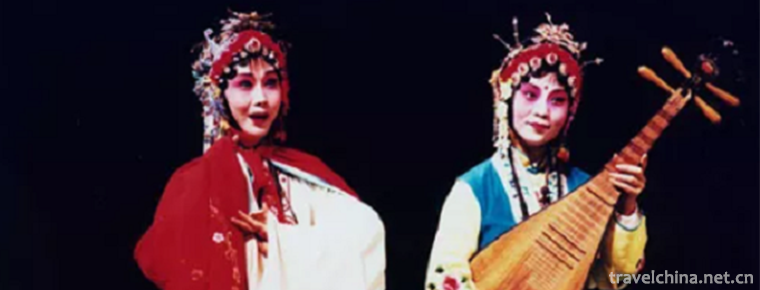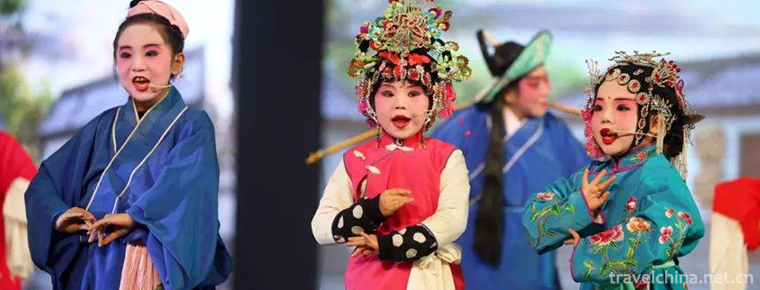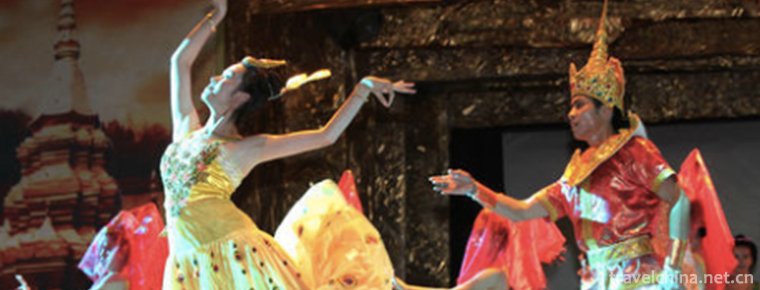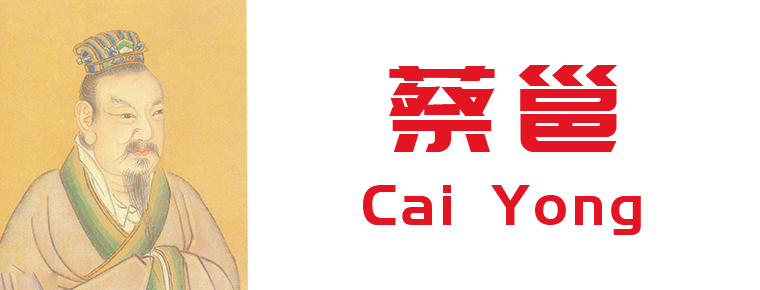Lijiang Ancient Town
Lijiang Ancient City is located in the ancient city of Lijiang City, Yunnan Province, also known as Dayan Town, located in the middle of Lijiang Dam, was built in the late Song Dynasty and early Yuan Dynasty (late 13th century AD), located in the Yunnan-Guizhou Plateau, an area of 7.279 square kilometers.
The streets in the ancient city of Lijiang are built by mountains and rivers and paved with red breccia. There are Sifang Street, Mufu, Wufeng Tower and other scenic spots. Lijiang is one of the second batch of approved famous historical and cultural cities in China. It is one of the two ancient cities which have successfully declared world cultural heritage with the whole ancient city.
Lijiang ancient city has colorful local ethnic customs and recreational activities, Naxi ancient music, Dongba ceremony, divination culture, ancient town bars and Naxi torch festival, etc., unique. The ancient city of Lijiang embodies the achievements of ancient Chinese city construction and is one of the distinctive features and styles of Chinese folk houses.
On February 25, 2017, after the deliberation of the General Office of the Director-General of the State Tourism Administration, the National Tourism Management Committee decided to give a serious warning to Lijiang Ancient City Scenic Spot in Lijiang City, Yunnan Province, with a deadline of six months for rectification.
The ancient city of Lijiang was built in the late Song Dynasty and early Yuan Dynasty (late 13th century). The Lijiang Mu ancestors moved the ruling center from Baisha ancient town to Lion Mountain, and began to build a housing city, called "big leaf field" . The name of the ancient city is said to have originated from the surname Mu, the hereditary ruler of Lijiang, who built the city like a wooden character framed by the word "trapped". The Naxi name of the ancient city of Lijiang is "Gong Benzhi", "Gong Benzhi" is the storehouse, "Zhi" is the market, and the ancient city of Lijiang was once the storehouse.
In the first year of Baoyou in the Southern Song Dynasty (1253), the Mongolian army made a southern expedition, and the ancestor of the Mu clan, Azong Aliang, surrendered to Kublai Khan, the ancestor of the Yuan Dynasty.
Yuan to Yuan thirteen years (1276), tea Hamlet Guan Min Guan changed to Lijiang road military and civilian management office.
Yuan to Yuan fourteen years (1277), three postscript Guan Min Guan changed to Tong An Zhou, the State governing in the ancient city of Dayan. In the same year, Lijiang road was changed to Anzhou city.
In the 15th year of Hongwu in Ming Dynasty (1382), Ajia Ade in Tong'an Prefecture returned to the Ming Dynasty and set up the Military and People's Palace of Lijiang. Ajia Ade was given the surname of "Mu" by Emperor Zhu Yuanzhang and was named hereditary Zhifu.
Ming Hongwu sixteen years (1383), Mu was built at the foothills of Lion Rock, "Lijiang military civilian office." Xu Xiake, a geographer of the Ming Dynasty who had visited Yunnan, described in his Diary of a Journey to Yunnan that Lijiang was then "a community of dwelling houses with rows of tiled roofs". At the end of the Ming Dynasty, there were more than a thousand inhabitants of the ancient city and the construction of the town was quite large.
In the second year of Qing Yongzheng (1724), after the arrival of Yang Qian, the first Lijiang Liuguan Zhifu, a new Zhifu Yamen, a barracks, a professor's office and a training and steering office were built under the Jinhongshan Mountains in the northeast of the ancient city, and the city walls were built around these official buildings.
On December 26, 2002, the State Council officially approved the withdrawal of Lijiang city, the administrative division of the ancient city of Lijiang to the ancient city of Lijiang.
From June 24 to July 6, 2012, the UNESCO World Heritage Committee adopted the proposal of adjusting the small boundary and buffer zone of Lijiang Ancient Town at the 36th World Heritage Congress held in St. Petersburg, Russia, to adjust the area of Lijiang Ancient Town from 3.8 square kilometers to 7.279 square kilometers.
Lijiang Ancient City is located in the ancient city of Lijiang City, Yunnan Province, southwest China. It is located in the middle of Lijiang Dam. It is located in Yunnan-Guizhou Plateau. The center of Lijiang Ancient City is located at 26 52 50.43 north latitude and 100 13 27.70 East longitude. The city covers an area of 7.279 square kilometers.
The climate of the ancient city of Lijiang is influenced by the wind of the South Asian Plateau. Its climate has obvious vertical distribution, distinct dry and wet seasons and little change in temperature. Although it is located on the plateau, it sees snow mountain all year round, but it has abundant rainfall and distinct dry and wet seasons.
Lijiang Ancient City is located in Lijiang Dam with 2530 hours of sunshine and sufficient light energy. The annual solar radiation is 146.5 kilocalories per square centimeter. It is the highest value area in Yunnan Province.
Old Town of Lijiang is located in the middle of the Lijiang dam, on the next plateau platform of Jade Dragon Snow Mountain, 2416 meters above sea level. Old Town of Lijiang is north of Xiangshan, Jin Hong Shan, and monkey hill.
Yuquan water source is located in Heilongtan, flowing from the foot of Xiangshan Mountain, from the northwest turbulence of the ancient city to the Yulongqiao, and thus divided into three tributaries, the West River, the Middle River and the East River, and then through many uniform water flow, through the streets around the lane, flow throughout the city.
Lijiang Ancient City is located in the ancient city of Lijiang City, Yunnan Province, also known as Dayan Town, located in the middle of Lijiang Dam, was built in the late Song Dynasty and early Yuan Dynasty (late 13th century AD), located in the Yunnan-Guizhou Plateau, an area of 7.279 square kilometers.
The streets in the ancient city of Lijiang are built by mountains and rivers and paved with red breccia. There are Sifang Street, Mufu, Wufeng Tower and other scenic spots. Lijiang is one of the second batch of approved famous historical and cultural cities in China. It is one of the two ancient cities which have successfully declared world cultural heritage with the whole ancient city.
Lijiang ancient city has colorful local ethnic customs and recreational activities, Naxi ancient music, Dongba ceremony, divination culture, ancient town bars and Naxi torch festival, etc., unique. The ancient city of Lijiang embodies the achievements of ancient Chinese city construction and is one of the distinctive features and styles of Chinese folk houses.
On February 25, 2017, after the deliberation of the General Office of the Director-General of the State Tourism Administration, the National Tourism Management Committee decided to give a serious warning to Lijiang Ancient City Scenic Spot in Lijiang City, Yunnan Province, with a deadline of six months for rectification.
The ancient city of Lijiang was built in the late Song Dynasty and early Yuan Dynasty (late 13th century). The Lijiang Mu ancestors moved the ruling center from Baisha ancient town to Lion Mountain, and began to build a housing city, called "big leaf field" . The name of the ancient city is said to have originated from the surname Mu, the hereditary ruler of Lijiang, who built the city like a wooden character framed by the word "trapped". The Naxi name of the ancient city of Lijiang is "Gong Benzhi", "Gong Benzhi" is the storehouse, "Zhi" is the market, and the ancient city of Lijiang was once the storehouse.
In the first year of Baoyou in the Southern Song Dynasty (1253), the Mongolian army made a southern expedition, and the ancestor of the Mu clan, Azong Aliang, surrendered to Kublai Khan, the ancestor of the Yuan Dynasty.
Yuan to Yuan thirteen years (1276), tea Hamlet Guan Min Guan changed to Lijiang road military and civilian management office.
Yuan to Yuan fourteen years (1277), three postscript Guan Min Guan changed to Tong An Zhou, the State governing in the ancient city of Dayan. In the same year, Lijiang road was changed to Anzhou city.
In the 15th year of Hongwu in Ming Dynasty (1382), Ajia Ade in Tong'an Prefecture returned to the Ming Dynasty and set up the Military and People's Palace of Lijiang. Ajia Ade was given the surname of "Mu" by Emperor Zhu Yuanzhang and was named hereditary Zhifu.
Ming Hongwu sixteen years (1383), Mu was built at the foothills of Lion Rock, "Lijiang military civilian office." Xu Xiake, a geographer of the Ming Dynasty who had visited Yunnan, described in his Diary of a Journey to Yunnan that Lijiang was then "a community of dwelling houses with rows of tiled roofs". At the end of the Ming Dynasty, there were more than a thousand inhabitants of the ancient city and the construction of the town was quite large.
In the second year of Qing Yongzheng (1724), after the arrival of Yang Qian, the first Lijiang Liuguan Zhifu, a new Zhifu Yamen, a barracks, a professor's office and a training and steering office were built under the Jinhongshan Mountains in the northeast of the ancient city, and the city walls were built around these official buildings.
On December 26, 2002, the State Council officially approved the withdrawal of Lijiang city, the administrative division of the ancient city of Lijiang to the ancient city of Lijiang.
From June 24 to July 6, 2012, the UNESCO World Heritage Committee adopted the proposal of adjusting the small boundary and buffer zone of Lijiang Ancient Town at the 36th World Heritage Congress held in St. Petersburg, Russia, to adjust the area of Lijiang Ancient Town from 3.8 square kilometers to 7.279 square kilometers.
Lijiang Ancient City is located in the ancient city of Lijiang City, Yunnan Province, southwest China. It is located in the middle of Lijiang Dam. It is located in Yunnan-Guizhou Plateau. The center of Lijiang Ancient City is located at 26 52 50.43 north latitude and 100 13 27.70 East longitude. The city covers an area of 7.279 square kilometers.
The climate of the ancient city of Lijiang is influenced by the wind of the South Asian Plateau. Its climate has obvious vertical distribution, distinct dry and wet seasons and little change in temperature. Although it is located on the plateau, it sees snow mountain all year round, but it has abundant rainfall and distinct dry and wet seasons.
Lijiang Ancient City is located in Lijiang Dam with 2530 hours of sunshine and sufficient light energy. The annual solar radiation is 146.5 kilocalories per square centimeter. It is the highest value area in Yunnan Province.
Old Town of Lijiang is located in the middle of the Lijiang dam, on the next plateau platform of Jade Dragon Snow Mountain, 2416 meters above sea level. Old Town of Lijiang is north of Xiangshan, Jin Hong Shan, and monkey hill.
Yuquan water source is located in Heilongtan, flowing from the foot of Xiangshan Mountain, from the northwest turbulence of the ancient city to the Yulongqiao, and thus divided into three tributaries, the West River, the Middle River and the East River, and then through many uniform water flow, through the streets around the lane, flow throughout the city.






















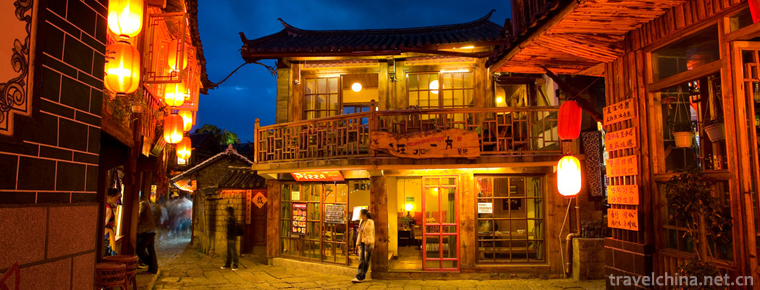
-
Chaibuxi Canyon Scenic Area
Chaibuxi Canyon Scenic Area is located in the eastern part of Wufeng Tujia Autonomous County, with Wulingyuan in the South and Qingjiang River in the north. Zhangjiajie belongs to Wuling Mountains..
Views: 216 Time 2019-01-04 -
Mangdao Mountain Han Culture Tourist Scenic Spot
Located in Yongcheng City, Henan Province, Mangdao Mountain Han Culture Tourist Area is a national AAAAA-level scenic spot which integrates landscape sightseeing.
Views: 90 Time 2019-02-07 -
Grey plastic
Gray plastic gray plastic, known as gray batch in ancient times, is the traditional architectural decoration technology in Lingnan area. The material is mainly lime. .
Views: 346 Time 2019-05-04 -
Run Dong luo dongdong
"Lolola is a local traditional folk music in Hubei Province. It belongs to the first provincial intangible cultural heritage in Hubei Province. Jianli belongs to the Chu area of Jianghan since an.
Views: 296 Time 2019-05-15 -
Nanping Nanci
Nanping Southern Ci is a traditional form of music popular in Nanping, northern Fujian Province. It is generally believed that the Southern Ci in Jiangnan area developed gradually with the local tradi.
Views: 294 Time 2019-06-07 -
Soviet Opera
Su Opera is a combination of Huagu Tanhuang, Nanci and Kunqu Opera. It is popular in the urban and rural areas of southern Jiangsu and Northern Zhejiang. Its predecessor, Sutan, was originally called .
Views: 72 Time 2019-06-16 -
Xinjiang Opera
Xinjiang Opera, commonly known as "Xinjiang Xiaoqu", is a kind of local opera with unique style, which has been gradually formed and perfected after Shaanxi Opera, Qinghai Pingxian Opera, La.
Views: 80 Time 2019-07-06 -
Shaoshutun and Munona
Manmaisankang National AAA Scenic Area, where every day the love story between Zhaoshu Tun and the Peacock Princess Munona, beautiful music, more than 100 peacocks falling from the sky, the beautiful .
Views: 96 Time 2019-07-25 -
Cai Yong
Cai Yong (133 to 192 years), Zi Bo. Chen Liu Jun Xian county (now Henan Qixian County South) People. Eastern Han Dynasty Famous ministers, writers, calligraphers, talented women Cai Wenji Father..
Views: 148 Time 2019-09-14 -
Characteristics and types of Chinese embroidery
The main artistic features of hand embroidery are neat patterns, beautiful silk, fresh and elegant colors, rich needlework, appropriate elegance and beauty, and exquisite and exquisite embroidery. As far as the needling methods of embroidery are concerned,.
Views: 230 Time 2020-12-12 -
Tourist guide to Chengdu Giant Panda Base
Chengdu Giant Panda Breeding Research Base is located in Futou mountain, north suburb of Chengdu City, Sichuan Province. It is 10 kilometers away from the urban area. There is a wide panda Avenue connecting with the urban area..
Views: 323 Time 2020-12-13 -
Leshan Education
In 2018, Leshan Normal University, School of engineering and technology of Chengdu University of technology and Leshan vocational and technical college enrolled 16051 students, including 52775 students, 13837 graduates and 2509 full-time teachers..
Views: 351 Time 2020-12-17
